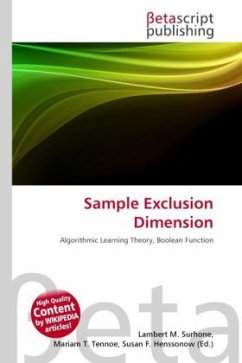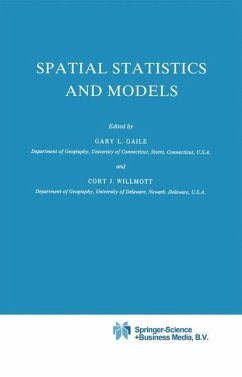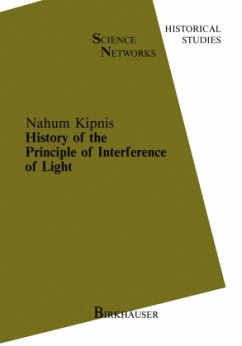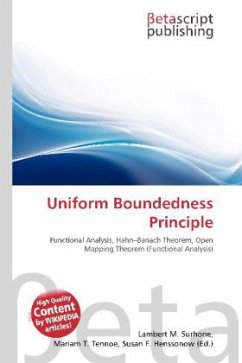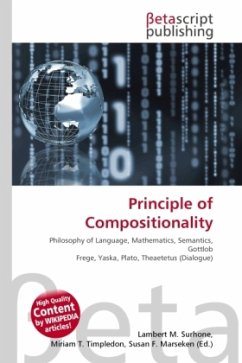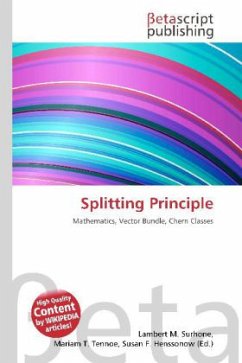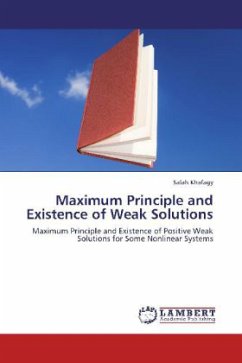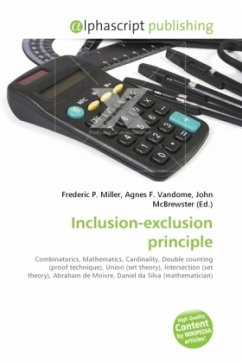
Inclusion-exclusion principle
Versandkostenfrei!
Versandfertig in 6-10 Tagen
23,99 €
inkl. MwSt.

PAYBACK Punkte
12 °P sammeln!
In combinatorial mathematics, the inclusion exclusion principle (also known as the sieve principle) states that if A1, ..., An are finite sets, then where A denotes the cardinality of the set A. For example, taking n = 2, we get a special case of double counting; in words: we can count the size of the union of sets A and B by adding A and B and then subtracting the size of their intersection. The name comes from the idea that the principle is based on over-generous inclusion, followed by compensating exclusion. When n 2 the exclusion of the pairwise intersections is (possibly) too severe, and ...
In combinatorial mathematics, the inclusion exclusion principle (also known as the sieve principle) states that if A1, ..., An are finite sets, then where A denotes the cardinality of the set A. For example, taking n = 2, we get a special case of double counting; in words: we can count the size of the union of sets A and B by adding A and B and then subtracting the size of their intersection. The name comes from the idea that the principle is based on over-generous inclusion, followed by compensating exclusion. When n 2 the exclusion of the pairwise intersections is (possibly) too severe, and the correct formula is as shown with alternating signs. This formula is attributed to Abraham de Moivre; it is sometimes also named for Daniel da Silva, Joseph Sylvester or Henri Poincaré. Inclusion exclusion illustrated for three sets Counts of each region with progressively more terms used for n = 4 For the case of three sets A, B, C the inclusion exclusion principle is illustrated in the graphic on the right.





